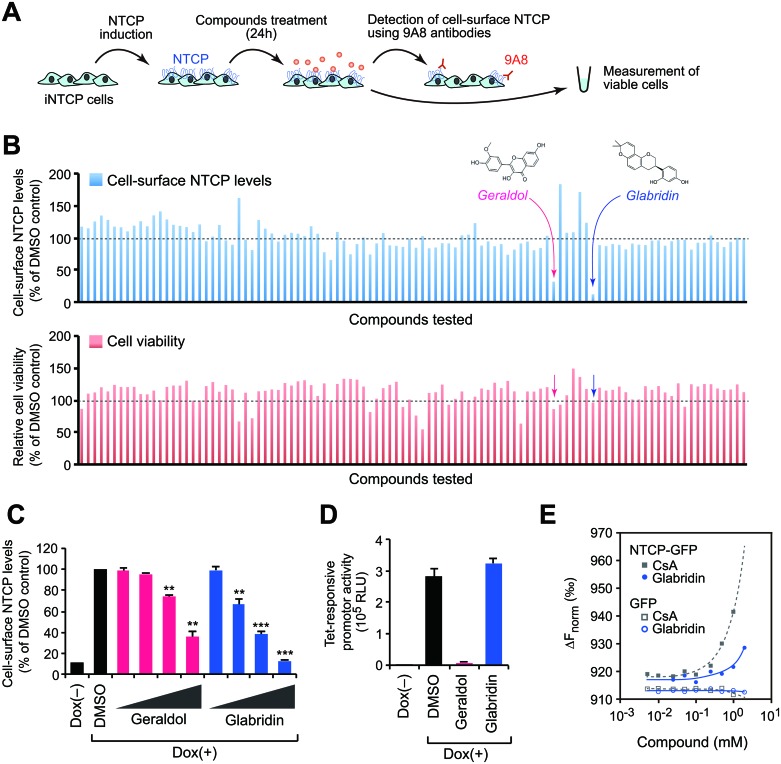Figure 3. Identification of compounds that downregulate cell-surface NTCP.
(A) Schematic representation of the screening procedure. (B) Cell-surface NTCP expression (upper) and cell viability (lower) of cells treated with candidate compounds. (C) Flow cytometry analysis. Cell-surface NTCP expression of iNTCP cells treated with indicated compounds (5, 10, 25, and 50 μM) for 24 hours. **P < 0.01, ***P < 0.001, two-tailed unpaired t-test. (D) Glabridin does not affect the tetracycline-responsive promoter activity. U2OS cells stably expressing a Dox-inducible luciferase gene were treated with indicated compounds (50 μM) for 24 hours, then subjected to a luciferase assay. (E) Biomolecular binding of compounds to NTCP. Microscale thermophoresis analysis was performed to determine the interaction between glabridin and recombinant NTCP-GFP or GFP. A known NTCP-binding compound, cyclosporin A (CsA), was used as a positive control. The y-axis represents normalized fluorescence intensity.

